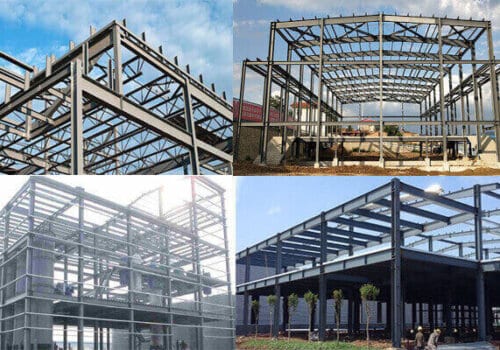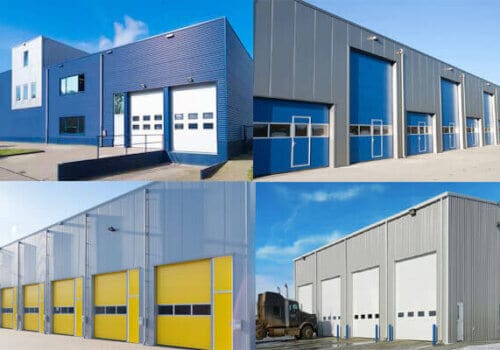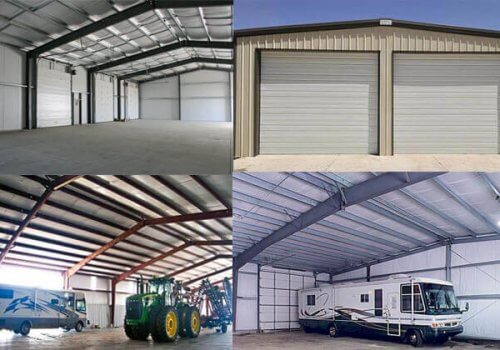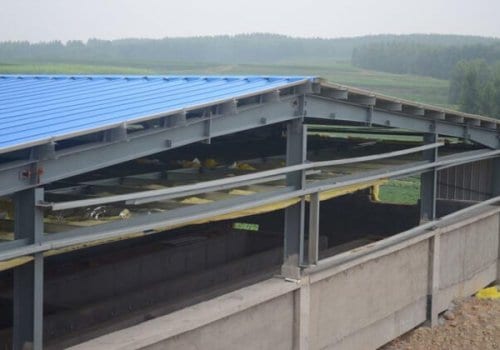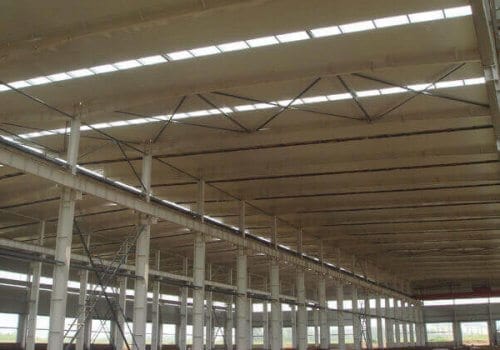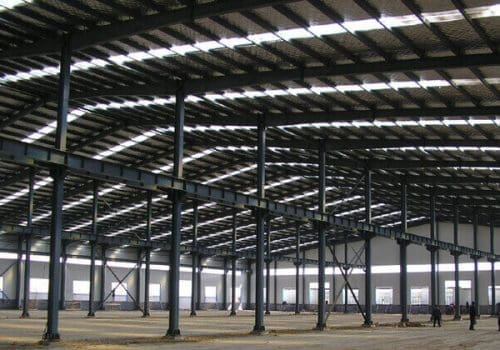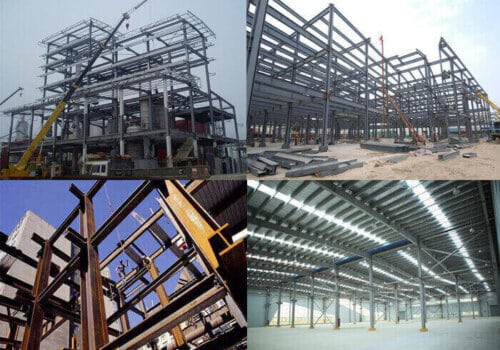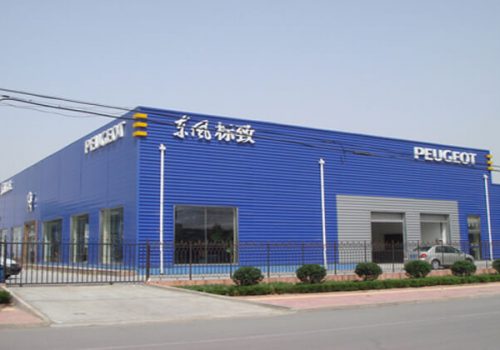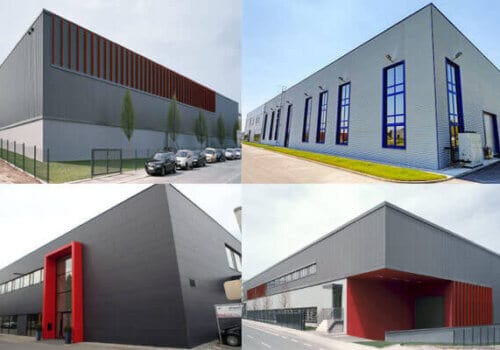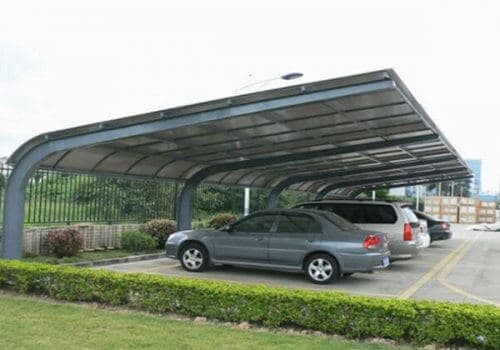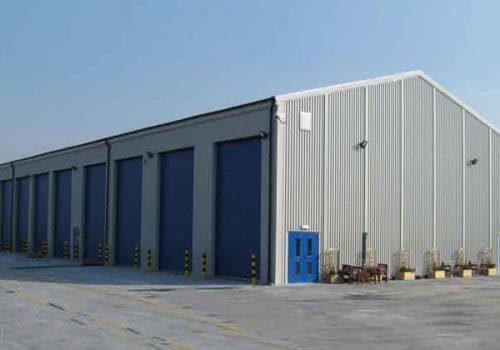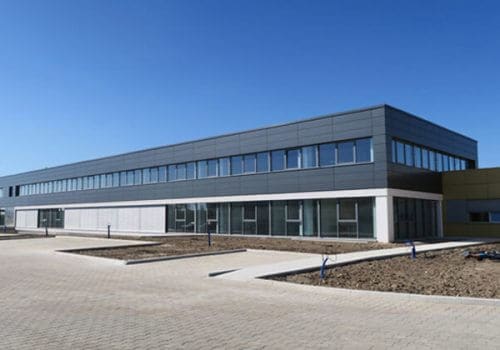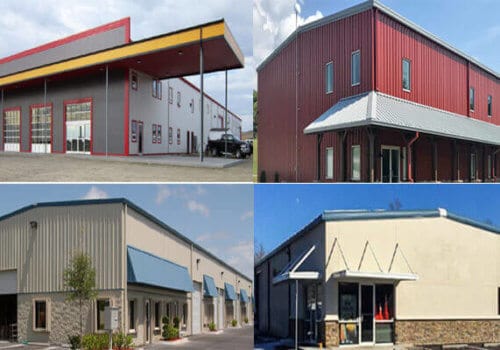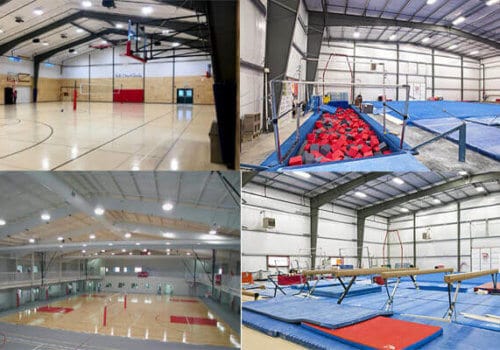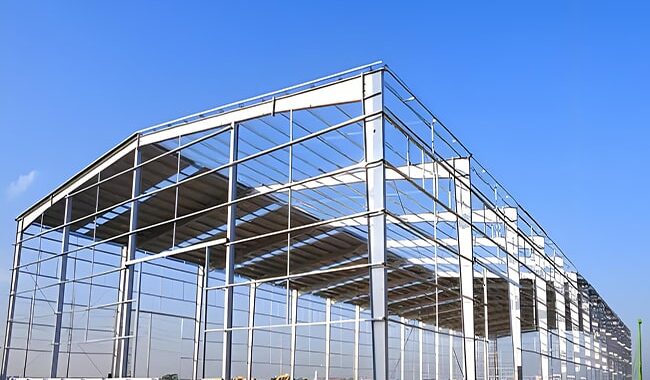In response to the growing demand for climate-resilient and scalable industrial infrastructure in West Africa, Havit Steel Structure has designed…
I believe people are no strangers to steel structure elevator shafts now. Elevators installed in large shopping malls, high-rise office buildings, and old communities use steel structure elevator shafts. The application of steel structure elevator shafts is becoming more and more widespread. Department stores, office buildings, hotels, subway stations, factories, old buildings, hotels, banks, exhibition halls, and high-rise office buildings all use steel structure elevator shafts.
Steel structure elevator shaft
Steel structure elevator shafts comprise steel beams, columns, trusses, and other section steel and steel plate components. Welds, bolts, or rivets usually connect each element or feature. It is generally assembled directly from the factory and transported to the site for installation.
Compared with concrete shafts, the construction of steel structure elevator shafts is less disruptive, faster, safer, and can also be used for sightseeing.

Design analysis of steel structure elevator shaft:
1. Structural form
Most elevator shaft installations use steel frame structures with independent foundations or rafts under the columns. The upper floors are connected to the primary system through connecting plates and anchor bolts. Some also use concrete frame structures, but concrete frame structures have a long construction period. Due to problems such as material transportation and stacking restrictions and a large amount of concrete poured on-site, it is rarely used.
2. Force analysis
When using calculation software to model, the elevator shaft and ancillary structures should fully bear their loads and deformations, truly simulate the stress of the primary system, and perform overall calculations to coordinate the added shaft structure with the prior deformation, to analyze the additional shaft part—stress and deformation conditions, as well as the impact on the primary system.
Analysis of the vertical load of the shaft:
The vertical load mainly includes the self-weight of the hoistway steel frame, the envelope structure load, the elevator machine room floor load (machine room hoistway), the elevator equipment load, the hoistway roof load, etc. For higher shafts, the joints between the shaft and the original structure should be made into vertical sliding supports to release the shaft displacement under the action of vertical loads. Otherwise, large additional internal forces will be generated when the vertical loads are immense. This can generally be achieved by providing chute holes on the end plates of chemical bolts. This method is also very beneficial for reducing the hoistway’s additional internal force caused by the hoistway foundation’s settlement.
Analysis of the stress characteristics of the shaft under the action of wind load:
(1) Wind load type coefficient:
The shafts are primarily located on the partial sides or corners of the original structure for external elevator shafts. Therefore, strictly speaking, the hoistway’s wind load body shape coefficient should be based on the local wind pressure body shape coefficient. The calculation results will be unsafe if the main structure’s wind load body shape coefficient is adopted in the standard. However, the load specification’s local wind pressure body shape coefficient is limited to the envelope structure. In actual calculations, you can refer to the local body shape coefficient of the code for the envelope structure.
(2) Wind vibration coefficient:
The hoistway is laterally supported on the original structure on each floor and cannot be used as a vertical cantilever structure. Therefore, it is recommended to judge the wind vibration response of the system according to the load specification. If the original design does not need to consider wind vibration, the hoistway does not need to feel wind vibration; the wind vibration coefficient should be 1.0. However, special attention must be paid to the fact that the impact of wind vibration must be considered for an independent hoistway structure. Because the separate hoistway structure has no ties with the original design and becomes a towering structure, the period is generally more significant, and the wind vibration response is more prominent, so it is not considered unsafe.
Types of steel structure elevator shafts
According to the peripheral material, it can be divided into sightseeing elevator shafts and non-sightseeing elevator shafts. The sightseeing elevator shaft is made of tempered laminated glass, which provides lighting and heat insulation and is highly ornamental. The non-sightseeing elevator shaft is welded with steel, which is sturdy, durable, and has a long service life.
According to the shaft shape, it is generally divided into a square elevator shaft and a circular elevator shaft.
When installing elevators in old communities, elevators in unit buildings, and elevators in villas, it is recommended to use square fiberglass structure shafts. The square steel structure shaft is simple and elegant, and its transparent texture does not affect indoor lighting. Using circular fiberglass elevator shafts in commercial buildings such as shopping malls, hotels, and office buildings is recommended. The circular steel structure hoistway is fashionable and beautiful, has a strong sense of shape, and has a more commercial temperament.
How do you choose an elevator shaft?
Suppose it is a residential building, such as an old community, villa building, residential building, factory building warehouse, etc., to install an elevator. In that case, it is recommended to use a square elevator shaft. Simple, convenient, economical, durable, and practical. If it is a shopping mall, hotel, office building, etc., a circular sightseeing elevator shaft, which is beautiful, fashionable, generous, and has good lighting performance, is recommended. Choose the appropriate elevator shaft according to your needs for different building types. Take aesthetics and practicality into consideration, and avoid unthinkingly pursuing appearance.
Concrete VS Steel Structure! How should you choose to install an elevator shaft?
Elevator shafts are mainly divided into two types: concrete elevator shafts and steel structure elevator shafts.
Concrete elevator shaft
The concrete hoistway is a structure with concrete as the main stress-bearing component. Concrete and steel are combined to give full play to their respective advantages and produce a composite system. Since the concrete elevator shaft requires on-site construction and is easily affected by weather factors, it will significantly impact the surrounding residential environment, safety will be difficult to control, and the construction period will be relatively long.
Why is installing a steel structure elevator shaft faster than a concrete elevator shaft?
First the installation process. The installation of the concrete shaft must be carried out after the pit is completed; the steel structure shaft is started simultaneously with the construction of the hole, which saves a lot of time during this period.
Secondly, the internal and external components are installed. Due to the particularity of steel structure hoistways that can be processed in the factory, the bidder elevator developed an integrated steel structure installation method.
Integrated installation of the target additional ladder: After the steel structure, curtain wall, and elevator car are installed in the factory in advance, they are transported to the site and hoisted. Compared with ordinary steel structure installation, the construction period will be shorter.
In addition, on-site construction methods. The construction of concrete shafts is purely manual construction, with many uncontrollable factors. The building of steel structure shafts uses hook hoisting, which is faster and safer.
Steel structure elevator shafts have more advantages regarding construction safety and construction period than concrete elevator shafts.
Advantages of steel structure elevator shafts:
In addition to concrete elevator shafts, the existing shafts are steel structure elevator shafts. The usage rate of steel structure elevator shafts has been increasing in recent years, closely related to its unique advantages.
1. The steel structure elevator shaft is flexible in application and can be added or built in. It has a beautiful appearance and is fashionable and attractive. Usually, tempered glass is used, which has good vision and a transparent overall look—the best choice for scenic sightseeing elevators.
2. The construction is convenient and safe, the short construction period, and the installation is simple and fast. The installation cycle generally does not exceed 15 days. No construction waste is produced, and it can be recycled to facilitate later renovation.
3. The steel structure elevator shaft has good rigidity, high strength, strong safety performance, and good earthquake resistance. The steel structure has strong plasticity and can meet different shapes and designs. Square and round shapes can be created at will.
Of course, compared to concrete elevator shafts, steel structure elevator shafts are more expensive, but the overall advantages of steel structure elevator shafts are more prominent. This is also the reason why steel structure elevator shafts are becoming more and more widely used.
